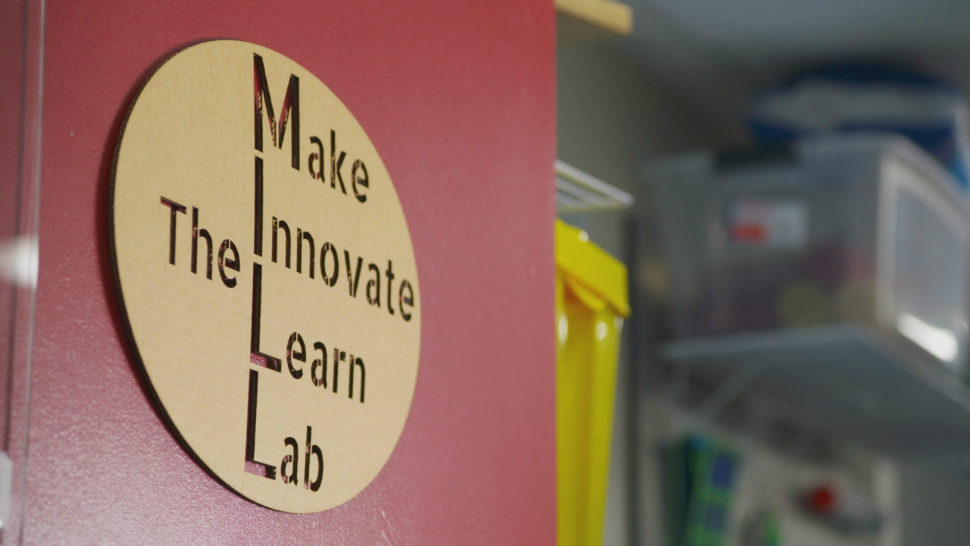John Tolley, January 14, 2017
There?s a makerspace on the campus of Indiana University, but it?s not where you?d think. This space, full of 3D printers, laser cutters, welding materials, and various other tools, is not housed in the engineering department or nestled between scientific labs. This makerspace is found in the School of Education and its called The MILL.
?A makerspace is basically a place where there?s ready access to tools and resources in a single central location,? says Dr. Adam Maltese, Associate Professor of Science Education at Indiana. ?The MILL is open for students and faculty to use towards creating objects, towards exploring and towards thinking about how they might incorporate it within their teaching.?
Opened in the fall of 2015, the MILL (Make, Innovate, Learn Lab) has a mission of not just incorporating technology into the classroom for the sake of it, but making sure that the technology is incorporated as thoughtfully as possible. For Maltese, Director of the MILL, the goal is for teachers to learn how to use the various tools to make the ?invisible visible.?
?Things that happen too quickly, too small, too big, we can bring them to a scale at which students can actually work with them,? he explains. ?If you?ve got a fossil or artifact that you can [3-D] print off copies of for every student to handle and make measurements on, then that is way ahead of just seeing a picture of it in a textbook.?
In that spirit, a number of current and future teachers have used the MILL to redefine how they structure lessons. Recently, two middle school teachers from The Project School in Bloomington brought their combined class to the space to design and build aquaponics systems. The project to create a closed ecosystem for fish and plants challenged students and touched on a number of different fields, says Dr. Krista Glazewski, Associate Professor of Instructional Systems at the IU School of Education.
?They learned about farming, they learned about sustainability, they learned about where their food comes from and they asked big questions over the course of one academic year,? says Glazewski, who assisted the teachers with the project. ?In this context, they were able to ask some continuity questions around science, math and humanities: where does my food come from, what about the labor, how do I know it is ethically sourced??
The aquaponics system project highlights what Maltese notes is an innovative style of education being cultivated in the MILL.
?What we?re looking for is how we can set up the context that best uses this space so that students can engage in the active process of learning. We know that activity alone doesn?t generally lead to learning. But activity plus engagement with the content and being able to design your own thing and be invested in it, those generally lead to the best possible learning outcomes.?







